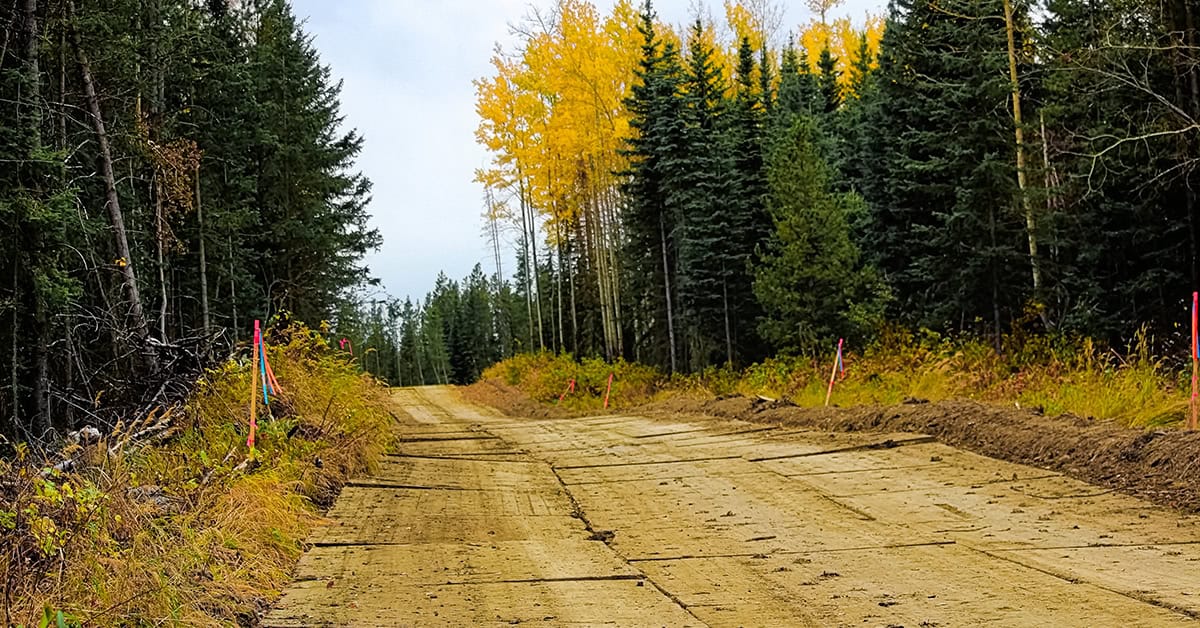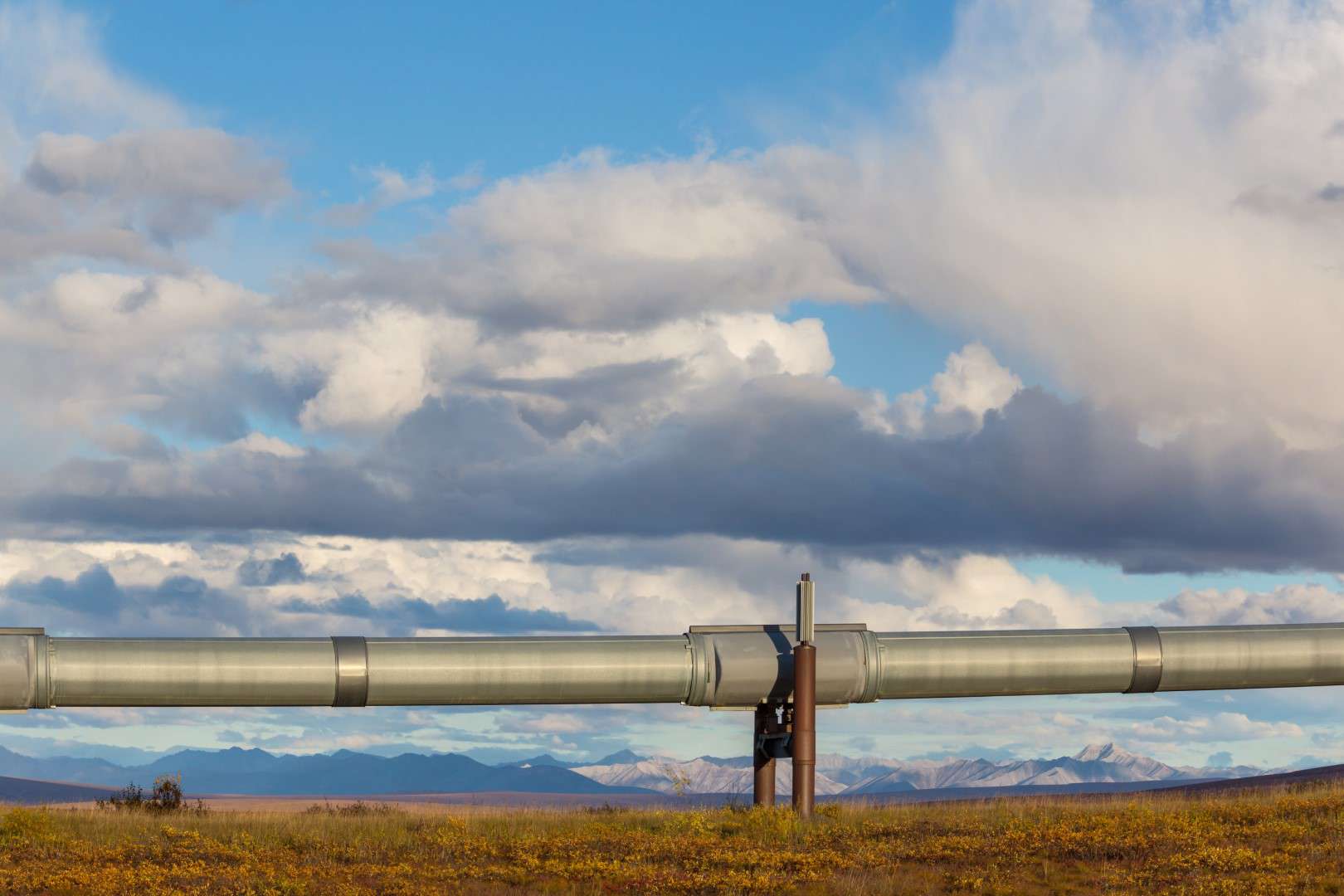Wetlands, including marshes and swamps, are vital ecosystems that demand special care during construction. Whether supporting pipelines, bridges, or powerlines, wood mats for wetland are essential tools for protecting these fragile environments. These environmental mats offer a balance of strength and eco-friendliness, ensuring efficient operations while preserving wetlands.
Understanding the Role of Wood Mats for Wetland
Why Wetlands Require Specialized Solutions
Wetlands are challenging environments for construction. The ground is often soft, waterlogged, and unable to support heavy machinery without damage. Without proper measures, construction can lead to soil erosion, harm to vegetation, and disruption of water flow.
Mats for wetland—including construction mats for wetlands and wetland crossing mats—are designed to address these issues. They distribute the weight of equipment evenly, creating stable platforms that minimize damage to the ground and surrounding habitat.
Swamp Mats vs. Other Environmental Mats
There are different types of environmental mats, each suited to specific conditions:
- Access mats: Best for stable, flat terrain.
- Swamp mats: Ideal for wet, unstable ground like marshes or swamps.
- Crane mats: Built to support extremely heavy loads, such as cranes in wetland areas.
Choosing the right mat ensures maximum durability and minimal environmental impact.
Benefits of Mats for Wetland for Construction
Durability for Long-Term Projects
Wood mats for wetland are built for toughness, making them ideal for long-term projects. Made from materials like hardwood or composite, they withstand the pressure of heavy machinery without breaking. Their reusability also makes them a cost-effective solution for construction in wetlands, including sensitive habitats.
Low Environmental Impact
One of the primary benefits of construction mats for wetlands is their ability to protect ecosystems. These mats:
- Prevent soil compaction and erosion.
- Safeguard plant life and allow natural water flowing patterns to continue.
- Support efforts in wetland conservation, ensuring minimal disruption during construction.
Stable Platforms for Heavy Machinery
Operating heavy machinery in wetland areas can be risky without proper support. Wetland crossing mats create stable surfaces, allowing vehicles and equipment to move safely while reducing the risk of accidents or delays.
Real-Life Example: Blizzard’s Wetland Mat Deliveries
Supporting Massive Wetland Projects
Blizzard recently supplied 80,000 access and swamp mats for large-scale projects over 10 months. These mats were deployed in various types of wetlands, including marshes and swamps, to ensure safe, eco-friendly construction.
Positive Environmental and Operational Outcomes
The mats provided stable platforms for heavy machinery, minimized soil damage, and ensured that the wetlands’ natural ecosystems were preserved. This demonstrates the effectiveness of durable mats for environmental projects.
Choosing the Right Mat for Wetland Projects
Matching Mats to Terrain
Selecting the right mat is crucial for success:
- Use access mats for flat, firm terrain.
- Choose swamp mats for waterlogged or uneven ground.
- Opt for crane mats for heavy equipment like cranes or excavators.
Key Specifications to Consider
When choosing construction mats for wetlands, consider these factors:
- Material: Hardwood for strength or composite for eco-friendliness.
- Size: Larger mats cover more ground but are harder to transport.
- Load capacity: Ensure the mat can handle your heaviest equipment.
Making informed decisions ensures efficiency and minimizes environmental impacts.
Addressing Common Misconceptions About Mats for Wetland
Not All Mats Are Created Equal
Some believe that one type of mat works for all situations. However, using the wrong mat—like access mats in swampy terrain—can lead to breakage, instability, and higher costs.
The Risks of Using the Wrong Mat
Choosing improper mats can result in:
- Damaged equipment from unstable platforms.
- Increased harm to wetlands, disrupting efforts in wetland conservation.
- Delays and extra costs for replacements.
Investing in the right mats, like wetland crossing mats, avoids these issues.
Final Thoughts: Durable, Eco-Friendly Mats for Wetland Conservation
Using the right environmental mats is essential for protecting wetlands while completing construction projects efficiently. Whether you need wetland crossing mats, swamp mats, or access mats, selecting durable, eco-friendly solutions supports both your operational goals and wetland conservation efforts.
To ensure the success of your next project, consult experts to find the best mats for your specific needs.
Frequently Asked Questions (FAQ)
What are mats for wetland used for?
Mats for wetland protect the ground and provide stable surfaces for construction in sensitive habitats, like wetland areas.
Are swamp mats different from access mats?
Yes, swamp mats are designed for soft, wet terrain, while access mats are better for flat, stable ground.
How do wetland crossing mats protect the environment?
These mats distribute weight evenly, preventing soil compaction and damage to vegetation while maintaining water flow.
Can mats for wetland support heavy machinery?
Yes, construction mats for wetlands are built to handle heavy machinery like excavators and cranes.
What factors should I consider when choosing a wetland mat?
Consider the terrain type, load capacity, and whether you need durability for long-term use or lighter mats for temporary projects.



